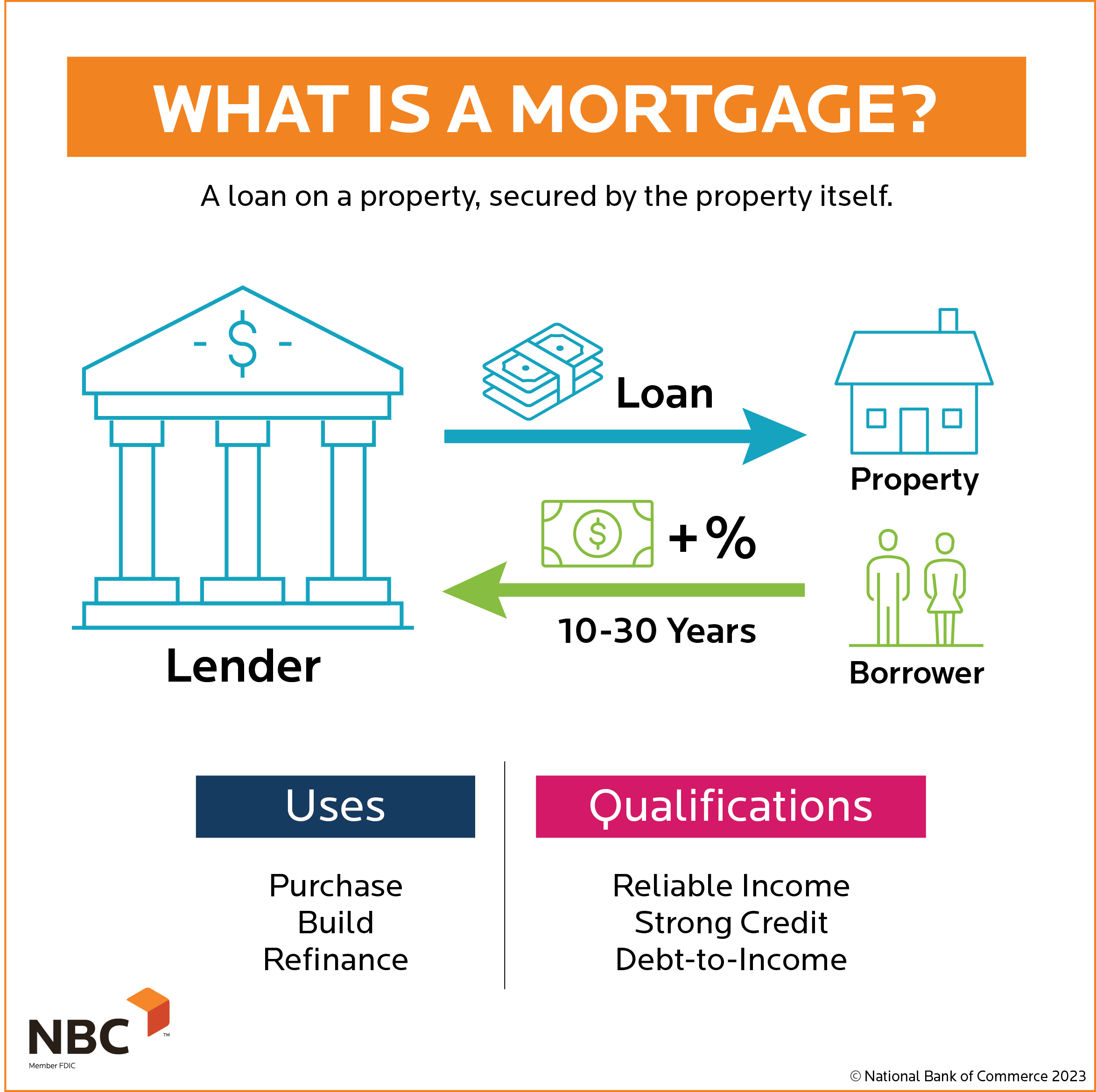Understanding Conventional Mortgage Loans: Advantages and Requirements
The Important Factors to Take Into Consideration When Picking In Between Fixed-Rate and Variable-rate Mortgage Fundings
When examining home mortgage alternatives, consumers encounter a crucial choice between adjustable-rate and fixed-rate loans, each presenting distinct benefits and possible challenges. Secret factors to consider such as passion rate stability, predictability in monthly settlements, and the effects of potential rate changes can substantially affect long-term monetary health.
Rate Of Interest Stability
When picking a home loan, understanding rate of interest security is important for educated decision-making. Rates of interest can substantially impact the total expense of a mortgage, and acknowledging the nature of these prices is necessary for customers. Fixed-rate home mortgages provide the benefit of constant monthly settlements over the life of the loan, securing debtors from market fluctuations. This security enables home owners to prepare their funds with greater certainty, as they will certainly not be affected by climbing rate of interest.
On the other hand, variable-rate mortgages (ARMs) begin with reduced first prices that might alter periodically based upon market conditions. While this can cause lower settlements at first, it likewise presents uncertainty, as debtors might face raised repayments if rate of interest rise. For those considering an ARM, it is crucial to evaluate the probability of rate adjustments, the potential for settlement rises, and the size of the first fixed-rate period.
Inevitably, the choice between fixed-rate and adjustable-rate home loans rests on specific threat resistance and economic situations. Recognizing rate of interest stability helps borrowers make informed decisions that align with their long-term monetary objectives.
Regular Monthly Settlement Predictability
While consumers usually focus on rates of interest stability, the predictability of regular monthly repayments is equally important in the mortgage option process (Conventional mortgage loans). Month-to-month settlement predictability plays an essential duty in budgeting and financial preparation, as it directly impacts a property owner's cash circulation and general economic health and wellness
Fixed-rate home loans provide a constant monthly settlement throughout the life of the funding, permitting consumers to prepare for and plan their costs properly. This stability can be particularly useful for first-time buyers or those on a set earnings, as it eliminates the unpredictability related to varying repayments.
Conversely, adjustable-rate home mortgages (ARMs) commonly feature lower initial payments that can change with time, causing possible irregularity in monthly commitments. While initially enticing, this changability can make complex economic planning, especially if debtors do not make up future rate adjustments.
Possible Rate Changes
In the realm of variable-rate mortgages (ARMs), prospective rate modifications stand for a substantial aspect that debtors have to very carefully think about. Unlike fixed-rate home loans, where the passion rate continues to be unmodified for the life of the loan, ARMs are characterized by fluctuating rate of interest that are linked to market indices. This variability can bring about significant changes in regular monthly payments, impacting directory the debtor's economic preparation and budgeting.
Generally, ARMs have a preliminary fixed-rate duration throughout which the rate of interest is steady. Hereafter duration, however, the price readjusts at predetermined periods-- frequently annually. Borrowers should recognize the margin and index made use of to compute these modifications, as they directly affect future interest prices. In addition, ARMs often consist of caps that restrict how a lot the rate of interest can enhance at each adjustment and over the life of the car loan, which can provide some degree of security against radical rate hikes.
Recognizing these prospective changes is essential for borrowers, as they straight affect lasting payment commitments. Assessing personal economic scenarios and risk tolerance is important when determining whether an ARM lines up with one's financial objectives.
Financing Term Considerations
Finance term factors to consider play an essential function in the decision-making procedure for customers selecting between fixed-rate and adjustable-rate mortgages. The size of the loan term substantially influences month-to-month payments, interest prices, and total financial planning.

Eventually, customers should examine their individual conditions, economic objectives, and market conditions when evaluating the effects of loan term selections within each home mortgage kind.

Total Cost of Borrowing
Fixed-rate home mortgages provide predictable month-to-month payments, as the rate of interest price remains continuous throughout the lending term. This predictability can lead to lower total expenses, specifically in a steady or declining passion rate setting.
On the other hand, variable-rate mortgages (ARMs) generally start with lower go to my site preliminary prices, causing reduced upfront costs. Nevertheless, these prices can increase after a preliminary duration, leading to possibly greater long-term costs. Debtors need to consider the frequency and level of rate changes, in addition to the total lending period, to accurately evaluate the monetary effects.
Additionally, the general cost of loaning incorporates not only passion prices however likewise charges and other associated prices, such as shutting prices and insurance policy (Conventional mortgage loans). When assessing mortgage alternatives, customers should perform a complete cost evaluation over the life of the funding. By doing so, they can make an informed choice that aligns with their economic goals and take the chance of tolerance
Verdict
Interest price security and regular monthly settlement predictability are vital for efficient budgeting, while the potential for price changes in ARMs introduces financial uncertainty. Furthermore, the expected period of homeownership and the total price of loaning, consisting of interest prices and linked costs, should line up with specific financial situations and take the chance of resistance.
Trick considerations such as interest rate security, predictability in monthly repayments, and the ramifications of possible price changes can dramatically influence lasting economic wellness. Rate of interest rates can considerably affect the general expense of a home mortgage, and acknowledging the nature of these prices is crucial for borrowers. Unlike fixed-rate mortgages, where the interest rate stays the same for the life of the finance, ARMs are characterized by fluctuating rate of interest prices that are linked to market indices. Additionally, ARMs typically include caps that restrict exactly how much the passion price can enhance at each adjustment and over the life of the loan, which can give some degree of security against radical price walkings.
Interest rate stability and monthly payment predictability are paramount for effective budgeting, while the potential for price modifications in ARMs introduces financial uncertainty.